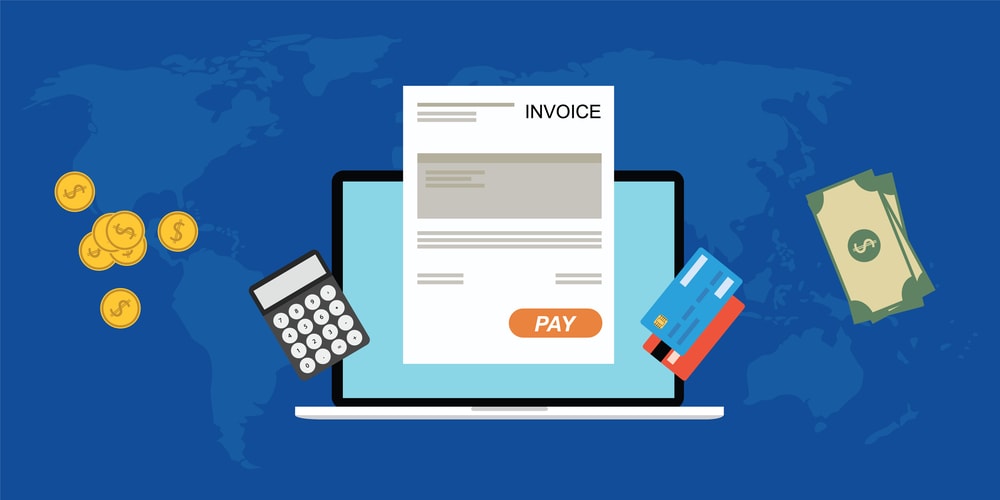For the Quarter April to June 2020, the Government has reduced interest rates of almost all of its small savings schemes. PPF (Public Provident Fund) interest rate reduced to 7.10% from 7.90% while SCSS (Senior Citizen Savings Scheme) saw rates down to 7.40% from 8.60%, also all the Bank and Post office FDs (Fixed Deposits) are offering interest in the range of 5.50% to 6.50%. In this declining rate scenario, the Government of India’s 7.75% Taxable Bonds also known as 7.75% RBI Bonds looks quite attractive. Let’s dive into the details to know the pros and cons before making any investment decisions.
Table of Contents
7.75% RBI Bonds aka GOI Savings Bonds
RBI Bonds popularly known as GOI Bonds are the Savings bonds issued by the RBI on behalf of the Government of India. The biggest advantage of RBI Bonds is since the bonds are backed by the Government; the risk of default is Zero.
Prior to 10th January 2018, the RBI bonds had 8% interest rates with the maturity tenure of 6 years, however, w.e.f. from 10th January 2018, the interest rates and tenure of the Bond were revised to 7.75% and 7 years respectively.
Eligibility Criteria and Required Documents
The RBI Bonds can be bought by Resident Individuals, HUF (Hindu Undivided Family), Charitable and Religious Institutions and Universities. The investment can be done in the capacity of an individual, joint basis, survivor basis, and as a guardian of the minor.
The documents required for investment are:
- Bank Account
- PAN
- Aadhaar
- Canceled Cheque
- Birth Certificate in case of application on behalf of the minor
Types of RBI Bonds
RBI Bonds come with two options i.e. cumulative and non-cumulative bonds. Under the Cumulative Option, the interest is will be compounded every 6 months. At maturity, the proceeds will include the principal along with interest. For example, an investment of ₹1,000 will fetch ₹1,703 at the end of the tenure of 7 years at 7.75% interest rate p.a.
Under the non-cumulative option, the interest is paid out on a half-yearly basis. The first payment of interest of the bonds shall be paid by 31st July or 31st January, as in accordance with the date of issue, and thereafter on either 1st February or 1st August, according to the date of issue.
Investment Limit
The bond has a face value of ₹1,000 and is issued at par. Thus, the minimum investment limit is also ₹1,000. There is no capping on the investment limit i.e. there is no maximum limit of investment in RBI Bonds.
Premature Withdrawal
The Premature Withdrawal Option is available only to Senior and Super Senior Citizens after completion of minimum lock-in period as stated below:
- 6 years for investors falling in the age group of 60-70 years
- 5 years for investors falling in the age group of 70-80 years
- 4 years for investors over the age of 80 years
In case of premature withdrawal, half of the interest accrued in the last 6 months will be deducted as a penalty for premature withdrawal.
Since RBI Bonds cannot be traded in the Secondary market, the premature withdrawal is not possible for the investors having age below 60 years.
Taxation
Since bonds are fully taxable, the TDS is attracted to the interest credited into your bank accounts under the non-cumulative option.
And under the cumulative option, you need to add interest to your total taxable income and pay tax according to your tax slabs similarly as fixed deposits.
Buying Options
RBI Bonds application is available at
- All the Nationalized Bank
- All the offices of Stock Holding Corp. of India (SHCI), a subsidiary of IFCI Ltd.
- Selected private banks namely ICICI, HDFC Bank, and Axis Bank.
It is important to note that since bonds are a tradable commodity, it cannot be bought on the stock exchanges.
Nomination, Transferability, and Collateral for Loans
- The nomination facility is also available which could be done through form B.
- The bonds are not transferable i.e. the bonds cannot be transferred to any other entity while the bondholder is alive.
- The RBI Bonds cannot be used as collateral against the loan in banks, financial institutions or non-banking financial institutions (NBFCs)
Should you invest in RBI Bonds?
Pros
- Interest Rate is Superior to any other fixed deposit interest rate currently offered by the nationalized banks.
- 100% Risk-Free Returns as the bonds are backed by the Sovereign.
- No Maximum Limit on Investment.
Cons
- Return is Taxable i.e. interest is taxable at the prevailing tax rates.
- Premature Withdrawal is not allowed thus liquidity issue.
- It cannot be used as collateral for loans.
- Transferability is not available.
RBI Bonds provides a good investment opportunity for the investors having less or no risk-appetite but since the tenure of bonds is relatively high one can invest only a small portion of the investment portfolio into the RBI Bonds or invest in the tranches of 6 months. For the senior citizens’ investment is SCSS and RBI Bonds stand at par, so one can take decisions keeping in the mind the requirement of cash liquidity.



